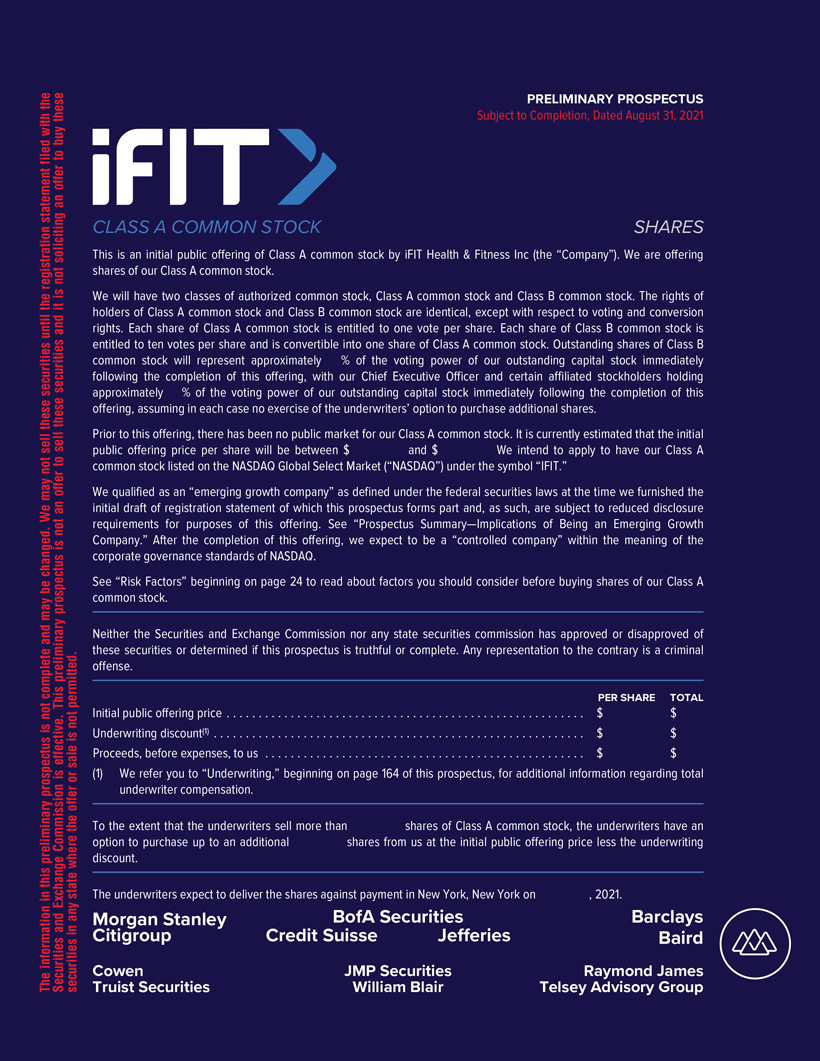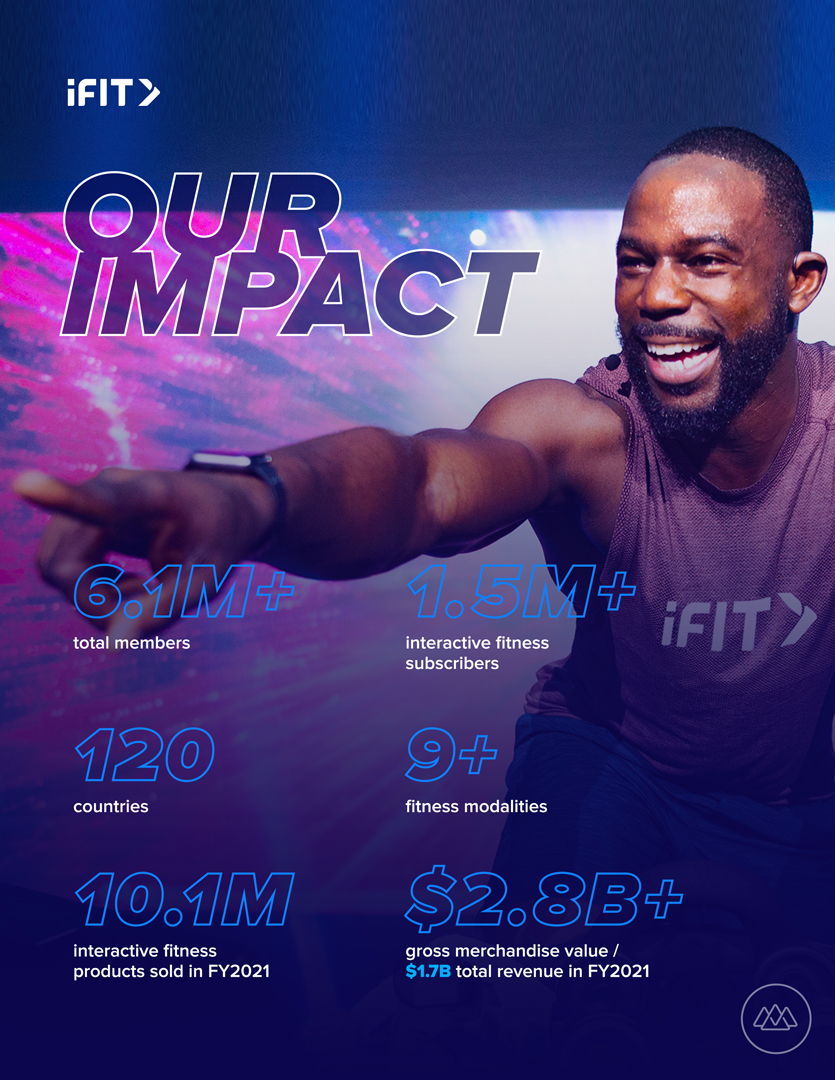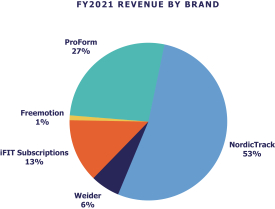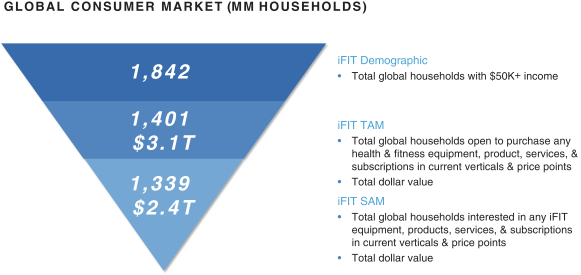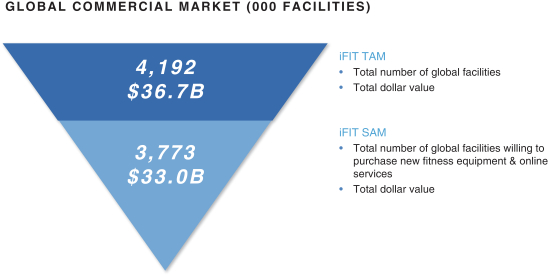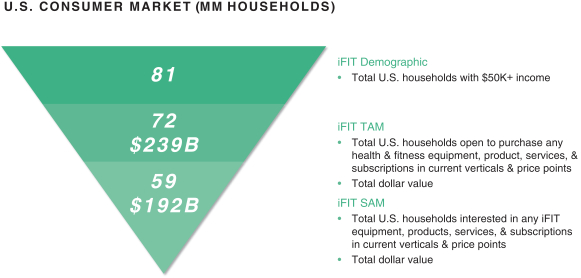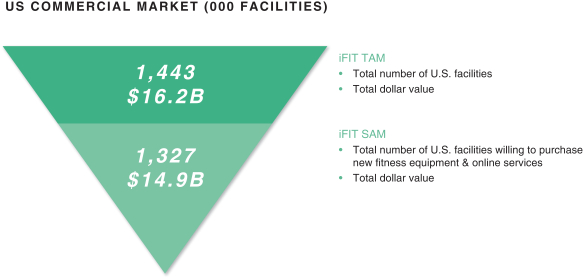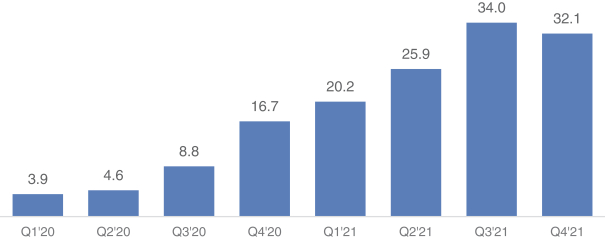Risks Related to Information Technology and Intellectual Property
Any cybersecurity attack, disruption or failure of our or our third-party service providers’ information technology systems, or our failure to successfully implement upgrades and new technology effectively, could adversely affect our business and operations.
In providing products and services to our members, we rely on our ability to collect, manage, use, store, disclose, transfer and otherwise process a large volume of member data, including content, personal information and other sensitive information. Threats to network and data security are increasingly diverse and sophisticated. We have experienced cybersecurity incidents in the past, and we may experience such incidents in the future. Our devices, as well as our servers, computer systems, and those of third parties that we rely on in our operations have been and may in the future be vulnerable to cybersecurity risks, including viruses and worms, installation of malicious software, ransomware, spam, phishing attacks, denial-of-service attacks, software errors, source code bugs, physical or electronic break-ins, fraud, negligence, misconduct by employees, other internal sources or other third parties, including state-sponsored organizations with significant financial and technological resources, theft, misuse or improper operation, terrorism, data loss, code or configuration errors, credential stuffing, human error, social engineering attacks, unauthorized access to data, accidental technological failure, natural disasters (including fires, floods, wars, earthquakes, hurricanes, tornadoes or similar catastrophic events) and other security breaches. Further, because of the interactive nature of many of our products, some of our hardware, such as the tablets on certain of our equipment, have a camera, and any inadvertent or unauthorized use or breach of security with respect to such hardware, or any software, such as spyware, could result in a breach of privacy, and, whether or not in our control, any actual or perceived breach of privacy could harm our reputation and brand, and therefore our business, financial condition and results of operation could be adversely effected. In addition, we may be the target of email scams that attempt to acquire personal information or company assets. Any of the foregoing could lead to interruptions, delays, loss of or unauthorized access to critical data, including personal information, and loss of consumer confidence.
Although we have established security procedures to protect member data, our or our third-party service providers’ security and testing measures, controls, efforts, policies and processes may not be adequate and may not be able to prevent security breaches or the unauthorized access to personal information. Further, advances in computer capabilities, new discoveries in the field of cryptography, inadequate facility security, or other developments may result in a compromise or breach of the technology that we or our third-party service providers use to protect member data. Additionally, the increasing sophistication and resources of cyber criminals and other non-state threat actors and increased actions by nation-state actors make keeping up with new threats difficult and could result in a breach of security. We cannot guarantee that inadvertent or unauthorized use or disclosure of such data, including personal information, will not occur, or that third parties will not gain unauthorized access to such information. Any compromise of our security or breach of our members’ privacy could harm our reputation or business, financial condition and results of operations. In addition, a party who circumvents our security measures or exploits inadequacies in our security measures, could, among other effects, misappropriate member data or other proprietary or personal information, cause interruptions in our operations, or expose members to computer viruses or other disruptions. Actual or perceived vulnerabilities may lead to claims against us and we may become subject to costly litigation, member complaints, indemnity obligations, damages for contract breach or penalties for violation of applicable laws or regulations, which could result in significant fines, penalties, or damages and harm to our reputation. In addition, we have in the past and may in the future become subject to data breach notification obligations and regulatory inquires, orders or investigations with respect to cybersecurity incidents. Additionally, we cannot guarantee that our insurance coverage would be sufficient to cover all losses. Further, we could be forced to expend significant financial and operational resources in response to a security breach, including repairing system damage, increasing security protection costs by deploying additional personnel and modifying or enhancing our protection technologies, investigating and remediating any information security vulnerabilities and defending against and resolving legal and regulatory claims, all of which could divert resources and the attention of our management and key personnel away from our business operations and materially and adversely affect our business, financial condition and results of operations.
53
